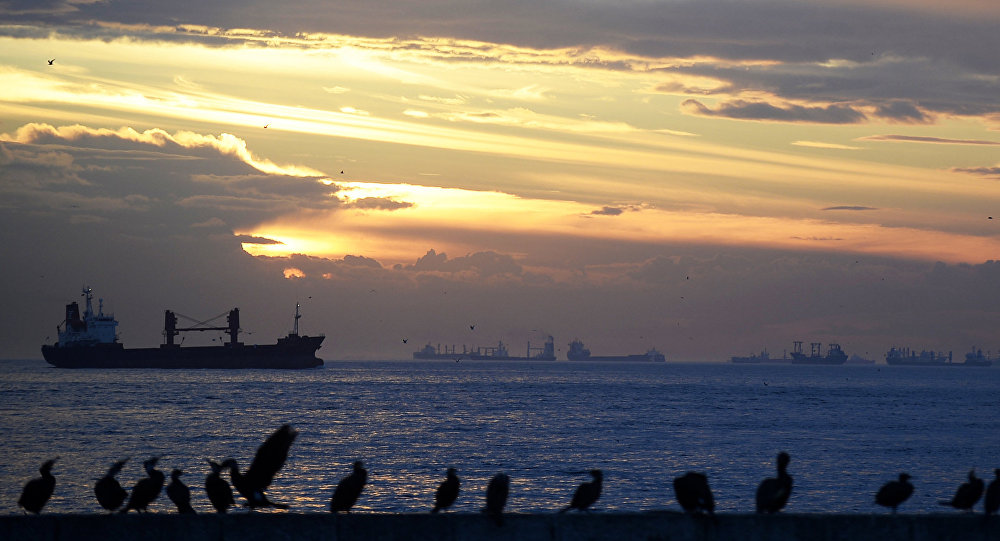Global shipping contributes 2-3% of carbon emissions, with ports playing a significant role. Leveraging big data can optimize vehicle operations, manage machinery maintenance, and improve energy efficiency in port facilities, accelerating decarbonization efforts in the maritime industry.
Global shipping makes up about 2-3% of global carbon emissions. Although that might not sound like a lot, it is unfortunately 2-3% of quite an alarmingly high number. As I mentioned in my previous article (which you can read here), big data can and should be used to help propel the decarbonisation process of the maritime industry towards its ambitious climate targets.
Of course, the ships themselves are not the only polluting aspect of shipping. While we look to improve trade efficiency out on the water, it is also important to consider the drier aspects of global shipping (literally). So, let’s dive in and talk about some of the ways that data can be used in the decarbonisation of ports!
THE EFFICIENCY OF THE FLOATY BITS
Most of the systems and improvements that I talked about in my previous article (seriously, it’s a great read, go check it out if you haven’t already!) can also be ported over to addressing the challenges of ports. For example, hydrographic data collection systems, human behaviour engineering, and all sorts of optimisation software deserve their seats at the table when it comes to port decarbonisation. After all, if you can get your ducks in a row for the port’s reason to exist, you’re on the right course.
THE EFFICIENCY OF THE GROUNDED BITS
Now on to the good stuff! For this section, it is helpful to break down some of the different roles of a port and talk about some suggestions for what we can do to improve each aspect.
Facilitating the movement of vehicles and machinery
Perhaps unsurprisingly, some of the key aspects of the port ecosystem which need to be addressed are the vehicles. From container ships and lorries, all the way down to cranes and worker transportation, these vehicles all guzzle fuel and spew fumes, which is not ideal when the goal is decarbonisation.
Luckily, the complex network of vehicles within the port ecosystem harbours all sorts of opportunities when it comes to areas in need of optimisation. There are plenty of ways we can use data to hone the movement and operation of these vehicles. From route planning to managing the timing of operations, all of it can make a difference.
Of course, as with anything else, the hardware of these vehicles can be improved and eco-friendly-ised in a number of ways, but this is the topic for another article.
Managing pollution and maintenance
Monitoring the machinery can help users to discover and diagnose faults more quickly. It almost goes without saying that machine faults can massively reduce efficiency in just about every aspect of their operation. Faulty equipment can also lead to increased pollution (such as oil spills), which obviously goes against the purpose of sustainability.
Therefore, it is always important that as much (useful) data is collected as possible, so that this equipment can operate at maximum efficiency, and with minimal damage to the environment.
Updating these processes can also allow fault-related pollution incidents to be detected and mitigated much quicker and more efficiently than would otherwise be possible. This would help to reduce the impact on the environment, and in some cases even allow for the recovery of goods and equipment.
As a result, when it comes to the maintenance of, and the pollution from, machinery, providing updated and efficient procedures can be particularly profitable, at least in the sense that losses are minimised.
Accommodating people and businesses
Although it might seem like everything is automated these days, the truth is that ports still need people on site and working together to help it all to run smoothly. These people all need places to work and rest, so company facility buildings are often found in ports to enable this.
Therefore, implementing energy optimisation tech in the human-centric areas of ports can be of great importance when it comes to port decarbonisation. For example, software can be used to monitor and efficiently control a number of things, such as lighting and air conditioning.
Although these changes might seem minor, it is important to remember that every reduced Watt and every prevented pollutant is impactful in the fight against climate change. This is especially true when these positive changes are made unilaterally, and the sustainability policies are adhered to in the long term.
SOUNDS LIKE IT’S ALL UNDER CONTROL THEN. PHEW!
NO! This is not the time to relax! Although the ideas discussed above are sure to deliver all sorts of welcome change to the industry if and when they are implemented, there is still much more we can do. These concepts are merely the tip of the iceberg when it comes to what can be done, and the problem is urgent.
Source: Potter Clarkson






